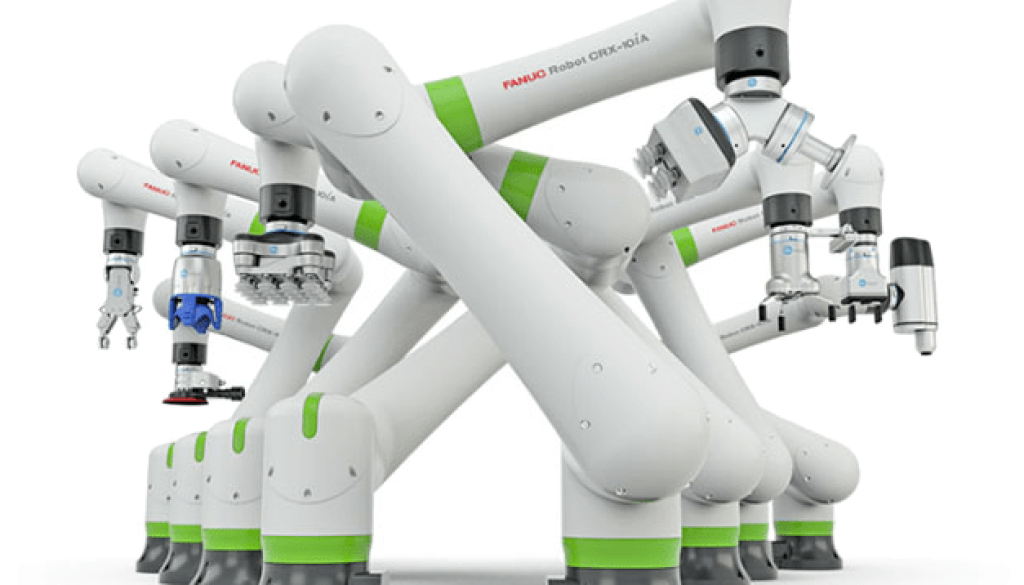The Emerging Field of Robotics
Robotics is a field of study that deals with the creation and application of artificially intelligent machines. In recent years, the field has spawned a wide variety of technologies, and is rapidly advancing. This includes general-purpose autonomous robots, robotics that can be programmed to perform tasks, and nanorobots that can target cancer cells.
General-purpose autonomous robots
General-purpose autonomous robots can perform various tasks without direct human intervention. They can link with networks, perform multiple functions simultaneously, and navigate in known environments.
Robotics research has focused on developing a general-purpose agent since the 1950s. In the early 2000s, beacon-based triangulation became an important method of navigation. Today, most commercial robots use sensors to perceive their environment. These include optical and thermal sensing, haptic feedback, and Hall effect.
The first example of a general-purpose robot was the Shakey. It was created in 1948 by William Grey Walter. During its construction, it was described as a tortoise because of its shape and slow rate of movement.
As of the early 1980s, the predictions for robotics were very optimistic. In those days, the potential applications were many and obvious. Some examples included loading trucks with boxes, shearing sheep, painting automobiles, and assembling electrical cable harnesses.
Today, autonomous mobile robots can navigate through any warehouse location. Their ability to work quickly and efficiently allows for improved productivity. Additionally, they have vision technology, decision making, and wheeled actuation.
Despite the growing ability of robots, many are still not truly autonomous. Industrial robots, for instance, may be pre-programmed to perform repetitive movements. This limits their ability to react to unexpected situations. However, domestic robots are showing commercial promise.
Many people worry about the social implications of autonomous robots. These include potential problems with false information and societal impacts. There are also philosophical and economic implications.
One such issue is how to ensure that robots will be safe. A few approaches have been used, including DIR/Floortime, which emphasizes spatial interaction.
Similarly, a few studies have focused on social robots. For example, the Rethink Robotics group has designed Baxter, a programmable robot that can interact with humans safely.
In addition, a number of robots are being developed that mimic human appearance. Such robots are often referred to as humanoid robots.
Although most robots are automated, there are also examples of semi-autonomous robots. Some of these robots can carry out conversation, recognize people, and perform other functions.
Developing a robotic that can move freely inside a home and around a workplace would make people’s lives easier. However, some experts worry about the social consequences.
Industrial robots
Industrial robots are machines that are capable of performing many tasks and can handle a variety of products. They are useful for many different applications such as picking, packaging, and even welding.
Robots are a great option for factories as they can help increase productivity and eliminate labour turnover problems. However, manufacturers should consider several factors before deciding on the best robotics for their needs.
The first consideration is the accuracy of the robot. Its accuracy will vary with the payload, speed, and position in the working envelope.
Accuracy can also be determined by the resolution and wear on moving parts. Typical repeatability of +-0.01 mm is considered to be acceptable for precision assembly.
Another consideration is the number of degrees of freedom in the drive system. Depending on the type of application, the more degrees of freedom a robot has, the more it can do.
Another important factor is the cost of end-of-arm tooling. These devices may include electromechanical, pneumatic, or magnetic grippers.
Other factors that can impact engineering costs are the fixturing, orientation devices, and parts presentation. Additionally, the ease of programming will affect the cost.
As with any automated machine, speed is a key parameter. Robots can be programmed to run pre-programmed paths. If the path is too complex, the robot may not be able to reach its maximum speed.
There are two main kinds of industrial robots. A Cartesian robot has a cube-shaped workspace, while an articulated robot resembles a human arm. Both are easy to program and have their uses.
Automation technology has come a long way in recent years. Today’s robots are faster and more versatile than ever before. In addition, new technologies in Artificial Intelligence make solving massive numerical calculations easier and quicker.
Safety should be a priority during the design and installation of any industrial robot. To avoid accidents, safety protocols must be followed at every stage of the process. Management must ensure that only fully trained personnel are authorized to operate the robot. Providing appropriate warning signs is a must.
Having a well-designed robotic system can have a positive impact on customer satisfaction and word-of-mouth referrals. This is because it can reduce absenteeism and improve quality.
Script Pro manufactures a robot to help pharmacies fill prescriptions
ScriptPro’s SP 200 robot is a state-of-the-art robotic device that can dispense 100 prescriptions per hour in retail pharmacy settings. It is the industry leader in dispensing technology. ScriptPro offers a full line of pharmacy technology products, including robotics and a complete line of pharmacy management software.
The SP 200 dispenses tens of thousands of medications. In addition, it is equipped with a computer monitor, bar-code scanner, and labeling device. Combined, these items allow the pharmacist to check on the accuracy of the prescription while it’s being filled. Using a robotic system also allows the pharmacist to spend more time with patients and less time on manual dispensing tasks.
Another ScriptPro product is its SP Station, which includes a computer monitor, bar-code scanner, labeling device, and all-inclusive customer support. ScriptPro’s SP Station is a centralized hub that links all of the robotic systems in a pharmacy.
Adding robotics to your dispensing process can reduce your staff’s workload while increasing your prescription volume. Investing in a robotic system can save you money in the long run. Robotics can also be a safe, efficient way to dispense drugs.
One of the most common questions asked about the SP 100 is, “How much does it cost?” The answer is affordable. Unlike many robotic systems, the average ScriptPro system is only $172,500. This price includes the dispensing system, the Eyecon computer system, and the SP Station.
ScriptPro’s SP 100 robot can save your pharmacy thousands of dollars. A standard ScriptPro system costs $10 an hour to operate for every hour your pharmacy is open. With the right automation, your pharmacy can increase prescription volume more quickly than organic growth.
For more information, please visit ScriptPro. Founded in 1994, ScriptPro pioneered the use of robotics in pharmacies. Since then, they’ve grown from a tiny house in Mission, California to a four-square-block campus in a suburban area of Houston. ScriptPro’s innovative technology has helped numerous pharmacies improve their bottom lines.
ScriptPro’s SP 100 can be used to dispense three different types of vials. The robot’s high-quality robotic arm can scan bar codes and automatically determine the correct size for the incoming vial. After the bar code is read, the robotic arm uses a short conveyer belt to place the vial on the correct dispenser.
Nanobots could target cancer cells
Nanobots are a part of the emerging science of nanotechnology. They are nano-sized vehicles designed to navigate through blood vessels and to deliver drugs to tumors. The tiny robots have been shown to have promising results in clinical trials.
Using nanotechnology, the research team is able to recognize and target cancer cells, while minimizing damage to healthy tissue. This is achieved by coating the nanoparticles with substances that help them stick to the cancer cells. When a tumor is detected, the substances trigger a signal. These signals are visible on imaging tests and may also allow scientists to detect cancer at the earliest stages.
Researchers at ITMO University in China, a National Center for Nanoscience and Technology (NCNST) researcher in China, and Arizona State University researchers were able to study the effects of nanobots on cancer. They found that the nanobots reduced the tumor spheroids of ex vivo HCT116 tumors in an ex vivo system. Compared to free DOX, the nanobots’ effect was more pronounced.
In a test, the researchers programmed the nanobots to carry the blood clotting enzyme thrombin to the tumor’s associated blood vessels. Although thrombin is dangerous when delivered to other parts of the body, it can prevent the growth of tumors.
For the first time, the researchers were able to show that nanobots can shrink tumors without damaging surrounding tissues. In addition, they showed that the nanobots were safe for normal mice.
Scientists were able to make the nanobots using a technique called DNA origami. The nanobots were then injected into mice. There was no significant change in cell morphology or the amount of normal blood coagulation.
Scientists at the NCNST and ASU partnered to conduct in vitro experiments to examine the effects of the nanobots. They tested the effectiveness of the multi-component nanobot design.
The nanobots were made of carbon nanotubes that were coated with anti-EpCAM mAb. Anti-EpCAM mAb is a protein that binds to tumor endothelial cells. It is overexpressed in tumors.
The nanobots then attached themselves to the surface of the tumor’s blood vessel. Once the nanorobots were surrounded by the tumor, they were then injected into the heart of the tumor.



